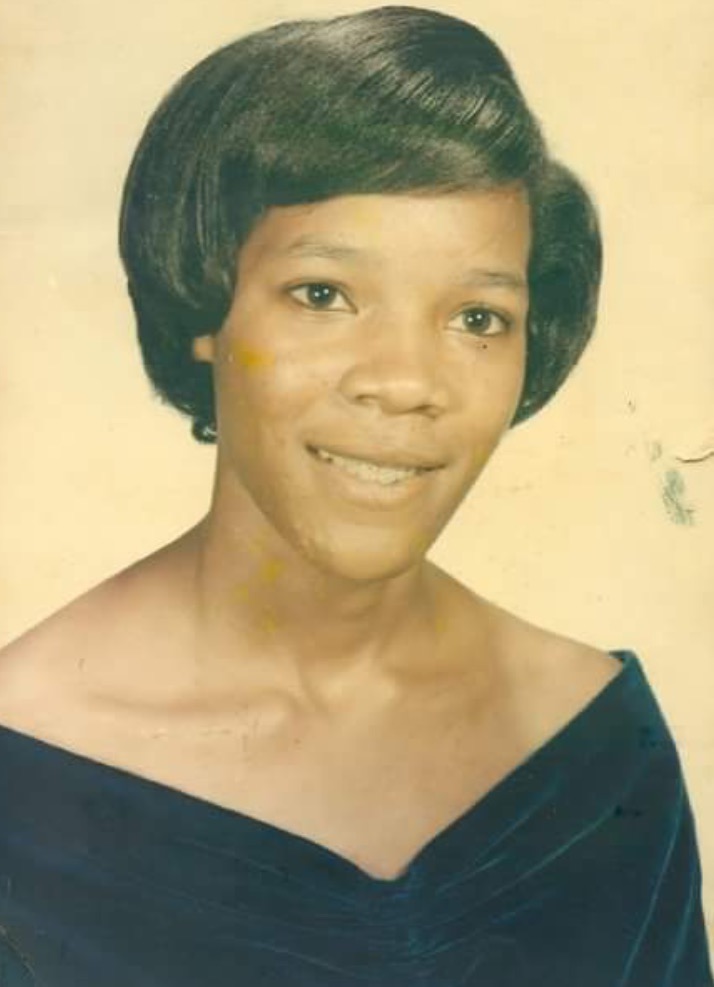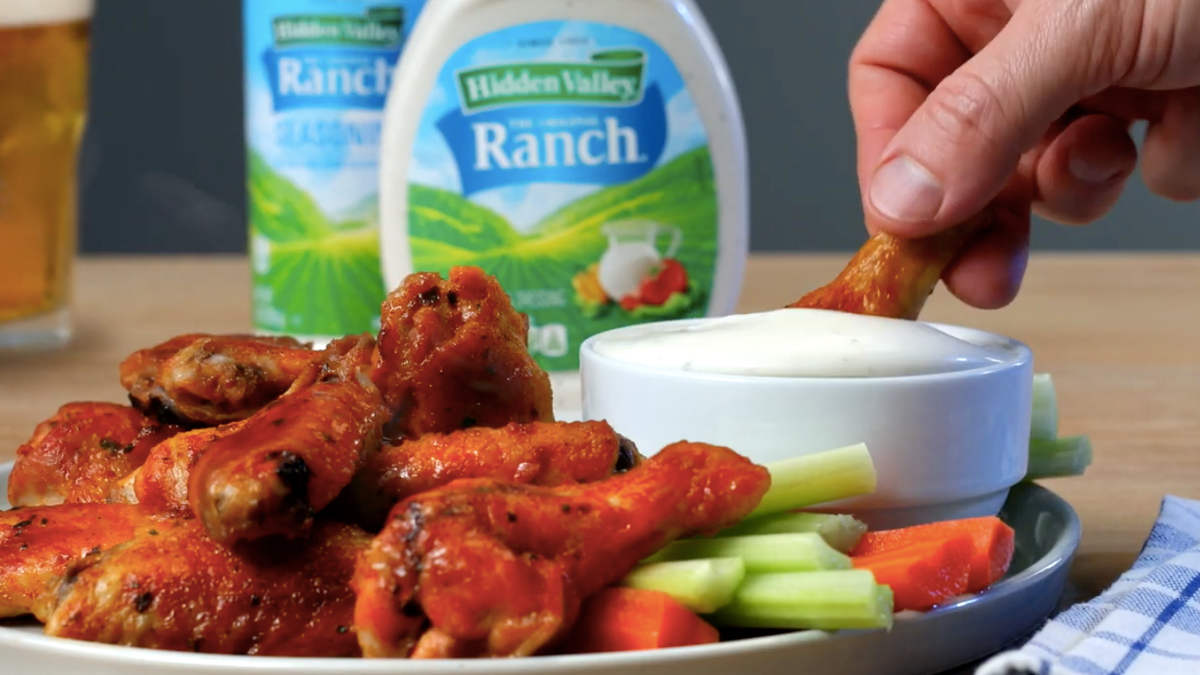The Ranch Dressing Revolution Started by a Black Plumber
- T. Brookshire

- Dec 29, 2023
- 5 min read

Steve Henson, was a black plumber and cowboy from a tiny village in Nebraska... but his journey from a plumber to an Alaskan bush construction worker was quite an unexpected turn in his life. It all began when he decided to venture into the wild Alaskan frontier, seeking work in construction. However, what set him apart from the rest of the crew was his unique culinary skills. With no one else among the workers possessing the ability to cook, Steve found himself donning a chef's hat alongside his hardhat.
Cooking for the rugged work crew was no easy task. After toiling all day in the cold, harsh wilderness, the hardworking crew members were grumpy, difficult to satisfy, and very demanding. Steve also learned early that if the food didn't meet their high standards, they wouldn't hesitate to express their dissatisfaction. Some might even resort to a verbal altercation or even a physical fight. To satisfy the hearty appetites and picky palates of his fellow workers, Steve started to experiment with seasonings to add more flavors to the meals.
“It’s tough to feed men up in those bush jobs,. If they don’t like something, they’re as likely to throw it at the cook as they are to walk out cursing. I had to come up with something to keep them happy,”
In that part of the world, perishable ingredients like fresh herbs, garlic and onions, and dairy products were not easy to come by. Thus, Henson experimented with dry seasonings like garlic and onion powder, dried herbs and powdered pepper. And one day he added it all to a little mayonnaise and buttermilk to concoct an herbaceous, creamy, and tangy treat. He was just trying to keep the crew happy at dinnertime but little did he know that this concoction would lead to the creation of something extraordinary: Ranch Dressing.
Within just a few years, Henson had saved up enough money to retire at the age of 35 from plumbing and construction. Therefore, he and his wife, Gayle, moved to California in 1954, but after a year and a half, Henson found himself restlessly searching for something to do. He had always been attracted to ranching, so in 1956, he purchased the 120-acre Sweetwater Ranch in the mountains near Santa Barbara. Shortly thereafter, they would rename their property: “Hidden Valley Ranch.”
The idea was to operate Hidden Valley as a guest ranch, offering fishing, riding, hiking, and other outdoor activities. They started with a steakhouse restaurant on the ranch that offered hearty home-cooked meals. Even after relocating to California, Steve's creamy white dressing was a staple at their dinner table. But now they would serve it to patrons and would find reasons to put the dressing on almost everything on the menu: steaks, chicken, vegetables, potatoes, and salad. Guests were particularly taken by the unique dressing, motivating the Hensons to package it in mayonnaise jars as souvenirs for guests to take back home.
Word began to spread about this magical dressing. Henson mixed up a batch for his friend, Audrey Ovington, owner of Cold Spring Tavern, and the tavern became the first establishment away from the ranch to offer the dressing on its menu. Soon, a store called "Kelley’s Korner" partnered with the Hensons to sell the small packages of the dried herbs and spices and they could not keep enough inventory to fulfill demand. In one two-day period, the store reported that they were was able to sell more than 140 packages.
The popularity of the creamy dressing exploded and within a few years, the couple began to build a business around it. The couple was inspired by Betty Crocker and Pillsbury who introduced a boxed cake mix to the mass market in 1947 where consumers only needed to add water. The couple brainstormed around the idea of packaging their dry seasoning mix into envelopes that customers could mix with buttermilk and mayonnaise at their home... and at their convenience. The little packets could also be mailed to restaurant patrons and customers all across the country. The dry herb packages were selling for upwards of 75 cents each and their home operation consumed every room in their family home. By the mid-1960s, the Hensons abandoned their lofty goals for converting the ranch into a family entertainment center and was now exclusively focused on their dressing. By the late 1960s, the Hensons were fulfillingorders from all 50 states and more than 30 countries.
Their new buttermilk dressy was a runaway success on a global scale.

For the next 15 years, the couple successfully operated a "Mom & Pop" business, pouring their hearts and souls into their "Hidden Valley Ranch Dressing". They capitalized on the fact that they had a unique and special product that they customers loved. Pretty soon, Hidden Valley Ranch dressing had grown much too big for their home operation. Business expanded to the point that processing had to be relocated offsite with the ranch serving as the corporate headquarters. Briefly, the dressing mix was blended at Griffith Laboratories in San Jose then shipped down to Los Angeles to be packaged in a 65,000-square-foot facility at the rate of 35,000 packets every eight hours. The Hensons needed bigger facilities and a bigger army of employees, thus they expanded operations that were later set up in Colorado as well as Nevada.
In 1972, the special ranch would catch the attention of consumer products giant, Clorox, who offered $8 million to buy the brand along with the recipe.
With that, Ranch dressing began to take over the nation, moving from the West to the Midwest and occupying salad bars throughout the 1970s. It arrived on supermarket shelves in 1983 as a dry mix but soon shelf-stable bottles of the creamy dressing were making it even more accessible to eager consumers across the nation.
But the Ranch madness didn’t go national until 1986, with the introduction of Cool Ranch Doritos, tortilla chips that were infused with a distinctly creamy, oniony bite. Ranch was already popular on its own, but the combination of cream and crunch in one bite — a fusion of dip and chip — turned out to be a masterstroke. Cool Ranch Doritos opened the door to Ranch as a seasoning beyond salad. It began to show up frequently as a dip for French fries (replacing ketchup), for chips (instead of salsa) and for Buffalo chicken wings (pushing aside blue cheese dressing). What started as a local dish invented by a plumber-turned-cowboy was now becoming an international rock star and an multi-million dollar business.


Today’s ranch dressing bears little-to-no resemblance to the original. At the time of its creation, ranch had only a few basic ingredients but today's ingredients include buttermilk, salt, garlic powder, onion powder, mustard, herbs, and spices... all mixed with mayonnaise. It is the best-selling salad dressing in the United States, since overtaking Italian dressing in 1992. The average American consumes Ranch dressing 15 times per year. And single year sales for Hidden Valley Ranch in 2017 raked in more than $450 million. It is a routine dip for chicken wings, baby carrots, French fries, tortilla chips and mozzarella sticks. It is almost as American as apple pie.














Comments